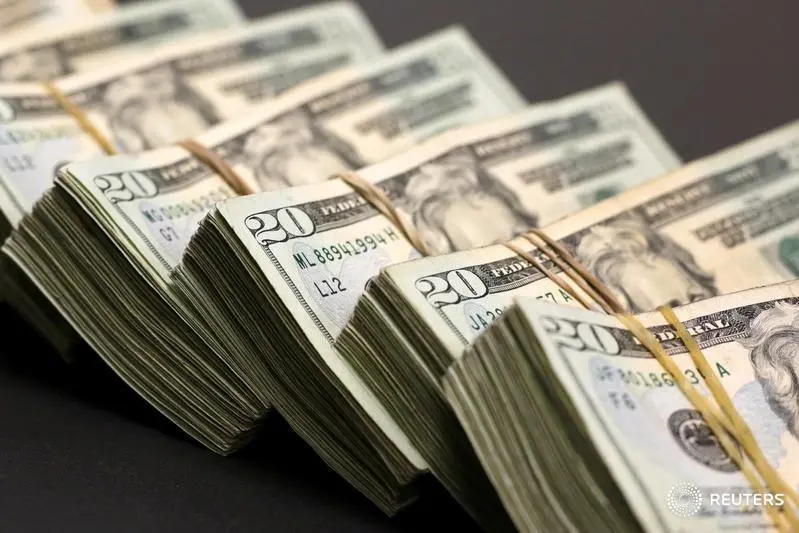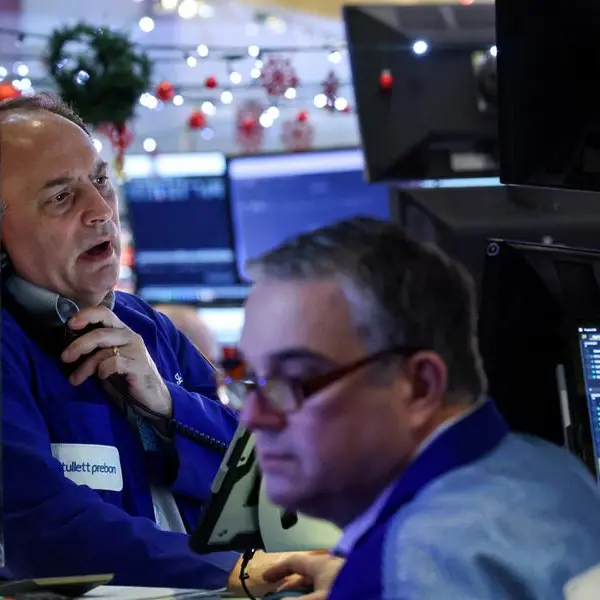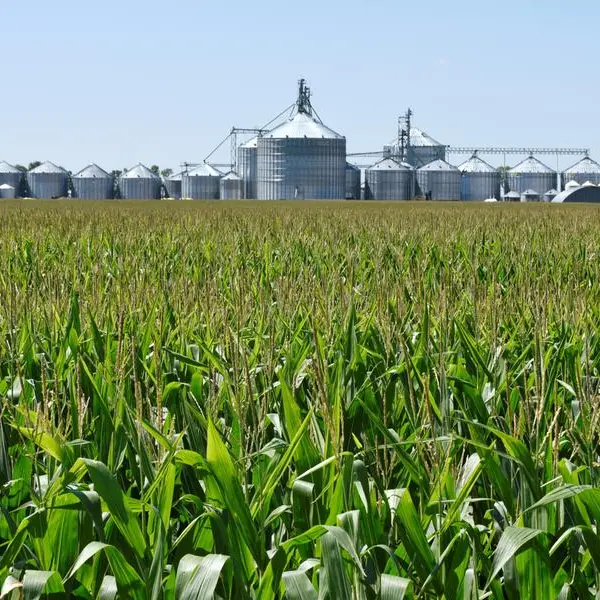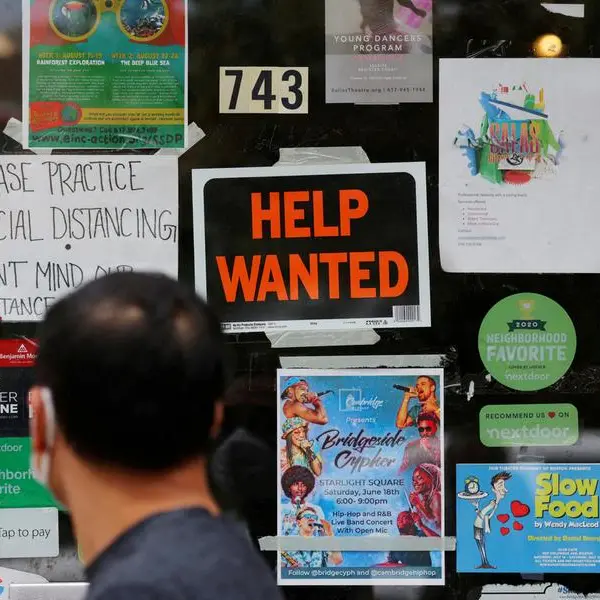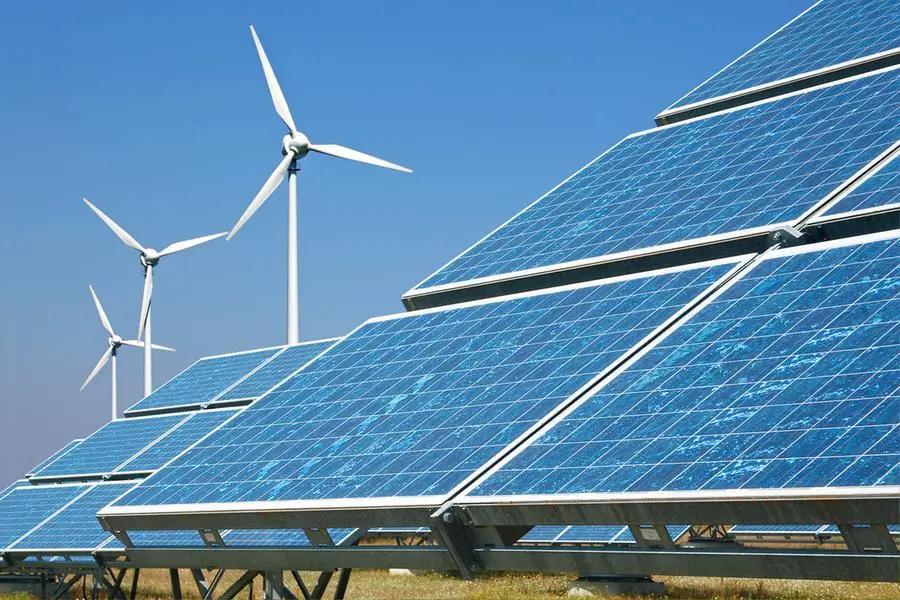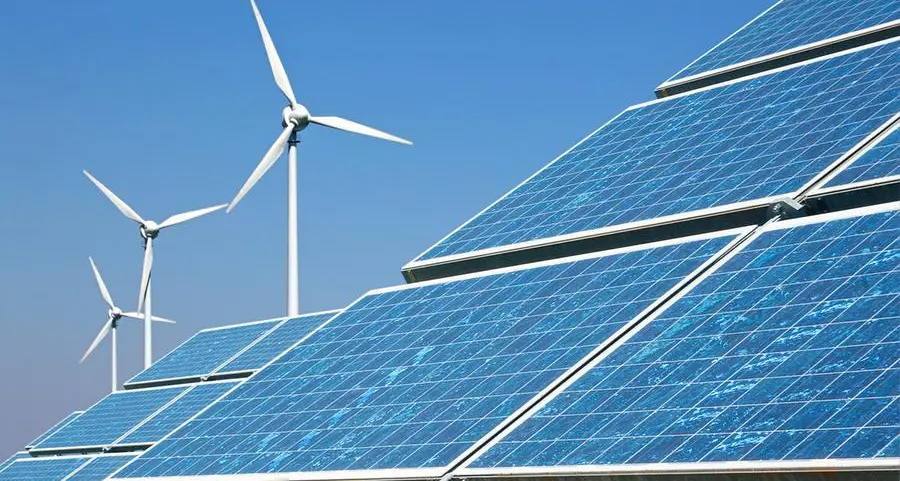PHOTO
(The opinions expressed here are those of the author, a columnist for Reuters.)
ORLANDO, Florida - Few would disagree that U.S. public finances are deteriorating, but debt Cassandras have been warning of a fiscal day of reckoning for 40 years and it has yet to arrive, so why should this time be any different?
The non-partisan Congressional Budget Office's baseline forecast sees federal debt held by the public rising to 117% of GDP over the next decade from 98% last year, and net interest payments rising to 4% of GDP, a sixth of all federal spending.
While these eye-watering figures are concerning, it still seems difficult to fathom the United States experiencing a genuine debt crisis where investors turn their backs on Treasuries and the dollar, the two cornerstones of the global financial system.
Both should enjoy strong demand – at least for the foreseeable future – even if their prices may need to fall to attract buyers. And in times of extreme crisis, like 2008 and 2020, the Fed can always buy huge quantities of U.S. bonds to stabilize the market.
But that doesn't mean investors should ignore the swelling tide of fiscal gloom. We may not see a full-blown debt crisis, but there's a sense that "the fiscal" matters for markets more now than it has for decades.
ECONOMIC ASSUMPTIONS
To better understand the risk at hand, it's useful to explore the assumptions baked into the current U.S. debt and deficit projections.
The CBO's comprehensive fiscal projections are a benchmark for many policymakers and investors. But amid the fog of uncertainty created by U.S. President Donald Trump's trade war, the baseline economic assumptions underlying this outlook may be too optimistic.
The CBO assumes that the United States will experience continuous, uninterrupted economic growth over the next decade. While it's true that since 1990 the U.S. economy has twice gone on streaks of more than a decade without experiencing a recession, conditions today - not the least of which is the country's bloated public debt burden - suggest that a repeat is highly unlikely.
And in the event of a downturn, U.S. public finances would almost certainly suffer the double whammy of shrinking tax receipts and a surge in benefit payments, pushing the country closer to a fiscal cliff.
Of course, an economic downturn would probably also prompt the Fed to lower interest rates, which would likely cause bond yields to fall and offer some relief on debt-servicing costs.
But investor angst over the debt may keep market-based borrowing costs higher than they would otherwise be, something that is also not baked into the CBO's central projections.
And if government borrowing costs over the next decade are higher than currently projected, the U.S. fiscal picture is even more troublesome than thought.
YIELD CURVE ASSUMPTIONS
Yield curve assumptions play a major – and often underappreciated – role in U.S. debt sustainability projections.
The current CBO projections are based on the expectation that the yield curve will "normalize" in the coming year. They assume that the three-month Treasury yield will fall to 3.2% and the 10-year yield will settle at 3.9%. But what if the yield curve stays near current levels over the next decade, with a three-month rate of 4.40% and a 10-year yield of 4.50%?
Chris Marsh at Exante Data crunches the numbers and finds that, in this scenario, federal debt held by the public could rise to 125% of GDP by 2034 and interest payments as a share of revenue would approach 30%.
Interest payments as a share of revenues are already about to exceed their late-1980s peak and may end up at the highest level since at least the 1950s.
Adding to this concern, Saul Eslake and John Llewellyn at Independent Economics note that if the yield curve does not normalize, the United States could get in the dangerous position where nominal GDP growth remains persistently below the 10-year Treasury yield, meaning debt dynamics would deteriorate because interest payments would outstrip growth.
Given that the Trump administration's current budget bill is expected to add nearly $4 trillion to the federal debt over the next decade, the risk of this is especially pertinent today.
One consequence of higher-for-longer U.S. interest rates then could be a much-heavier-for-much-longer debt burden.
(The opinions expressed here are those of the author, a columnist for Reuters)
(By Jamie McGeever; Editing by Mark Porter)
